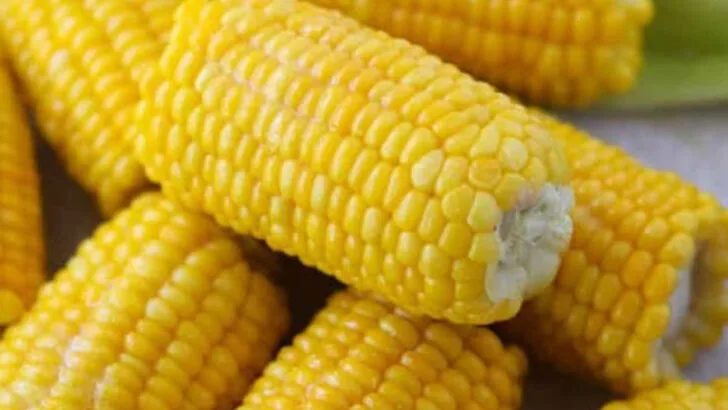Soil health is the foundation of any successful garden, but some plants can quietly undermine all your efforts by pulling too many nutrients too fast. These aggressive feeders might look beautiful or grow impressively fast, but underneath the surface, they’re stripping the soil bare, leaving other plants struggling to keep up.
Knowing which species have a heavy appetite can help you make smarter planting decisions and keep your garden balanced. This list isn’t about avoiding these plants altogether, but understanding how they behave so you can manage them properly, with extra compost, thoughtful placement, or by simply keeping an eye on their growth.
Sunflower

The sunflower, with its cheery face turned towards the sun, is more than just a summer icon. Its deep-rooted system can heavily deplete soil nutrients, leading to poorer growing conditions for neighboring plants. Sunflowers excel at drawing nutrients like nitrogen and potassium, which are crucial for soil fertility. Their significant nutrient uptake can leave the soil barren if not managed properly. To counteract this, gardeners often rotate sunflowers with legumes that can fix nitrogen back into the soil. Did you know? Sunflowers can also remove toxins from contaminated areas. Truly remarkable yet demanding!
Corn

Corn’s towering stalks and plentiful ears demand a rich supply of nutrients. As a heavy feeder, corn rapidly extracts nitrogen, phosphorus, and potassium from the soil, making it one of the most demanding crops. This nutrient thirst can lead to depleted soil health, requiring farmers to replenish the soil regularly with fertilizers. Despite its demands, corn is a staple in many agricultural systems due to its high yield. Fun fact: Corn is a domesticated grass, originating from Mexico over 9,000 years ago, and continues to be one of the world’s most important crops.
Tomato
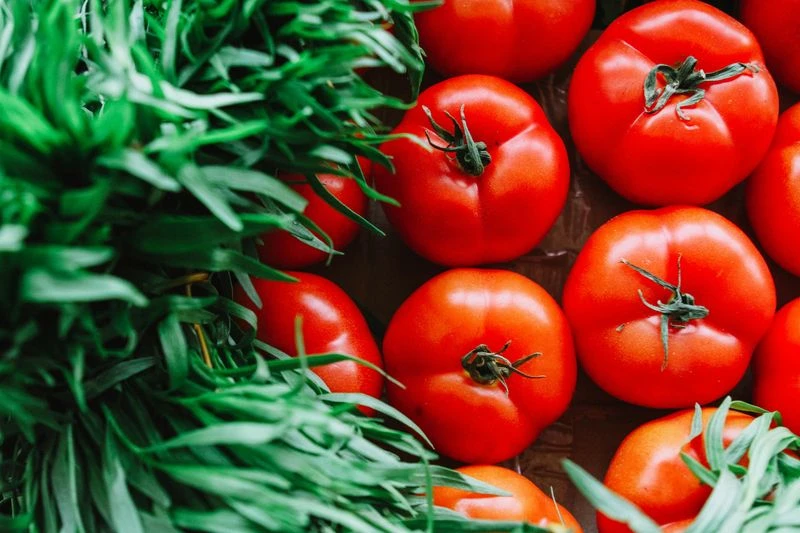
Tomatoes, though beloved for their juicy fruits, are notorious soil drainers. These plants thrive on ample nutrients, particularly potassium and phosphorus, to support their robust growth and fruit production. Gardeners often notice the soil’s depletion after a season of tomatoes, necessitating soil amendments before the next planting cycle. Despite this, their popularity in home gardens is unmatched. Interestingly, tomatoes contain lycopene, an antioxidant linked to various health benefits. Their dual role as nutrient drainers and health boosters makes them as intriguing as they are demanding.
Pumpkin
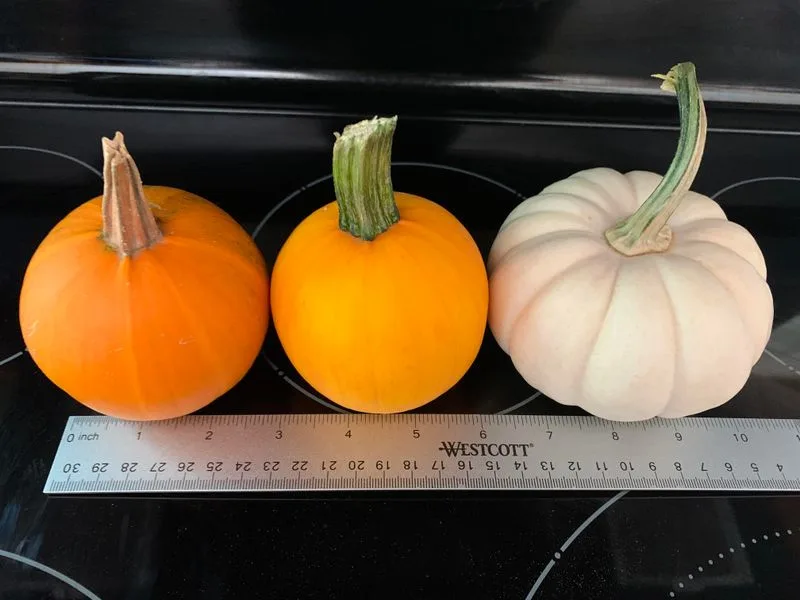
Pumpkins, with their sprawling vines and hefty fruits, are heavy nutrient consumers. These plants require a significant amount of nitrogen, phosphorus, and potassium to develop their massive fruits and extensive foliage. The nutrient demands of pumpkins often lead to the exhaustion of soil resources, calling for crop rotation or soil amendments post-harvest. Despite their demands, pumpkins are a fall favorite, celebrated in pies and decorations. Did you know? Pumpkins are native to North America and were first cultivated by indigenous people long before becoming a Halloween staple.
Cabbage
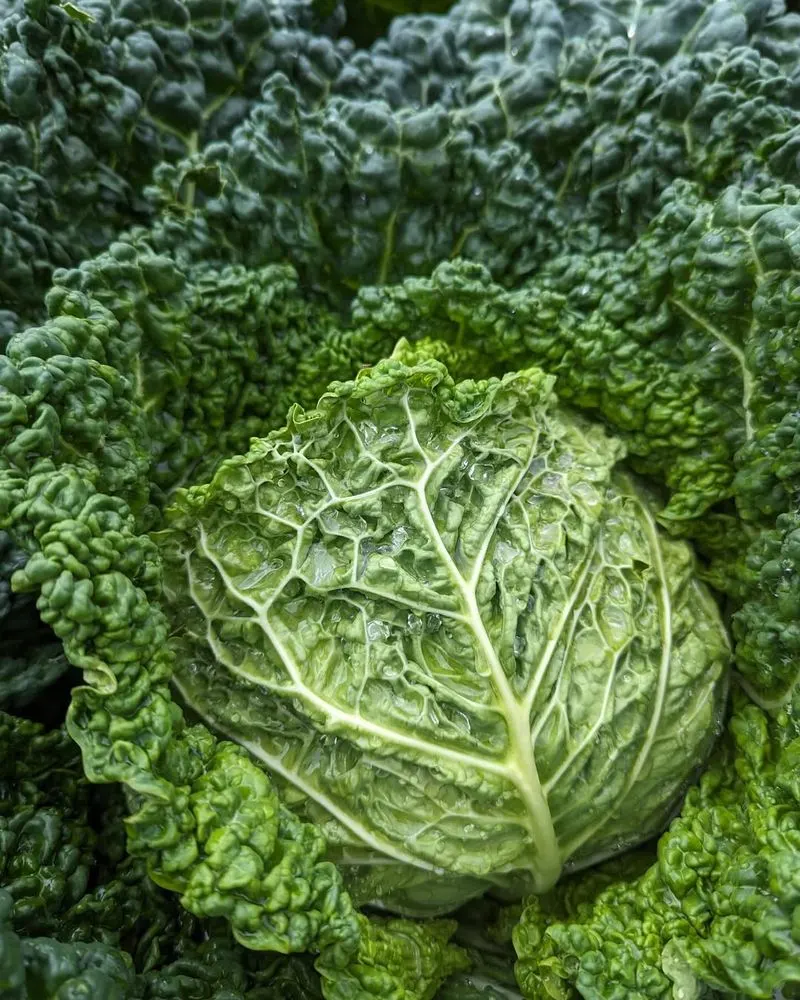
Cabbage, with its leafy head, is a nutrient glutton. This cruciferous vegetable is known for its voracious appetite for essential nutrients such as nitrogen and phosphorus. Its heavy feeding can lead to soil nutrient depletion, making crop rotation a common practice among cabbage growers. Despite its demanding nature, cabbage is valued for its health benefits, particularly its high vitamin C content. Its historical significance dates back to ancient times, where it was revered not just for nutrition, but also for purported medicinal properties. A powerhouse in both kitchen and garden!
Broccoli
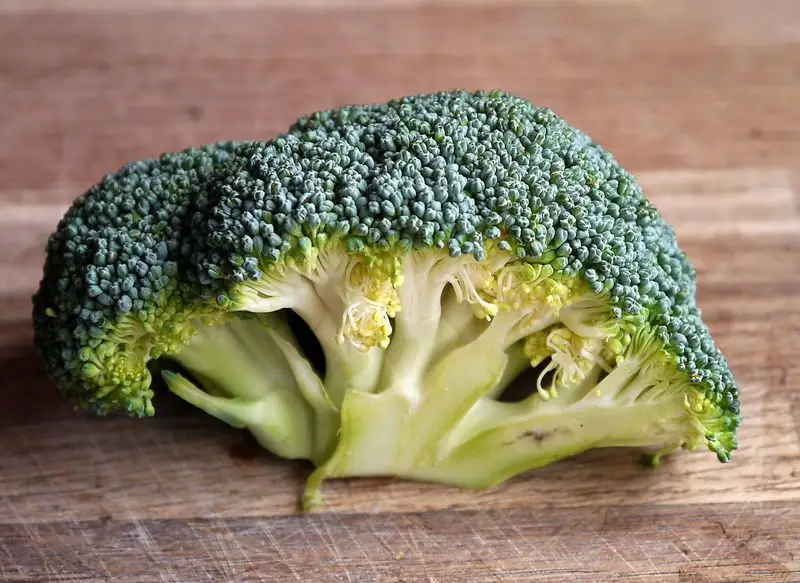
Broccoli, with its dense nutrient-packed florets, is a heavy feeder in the garden. This superfood requires ample amounts of nitrogen to produce its signature heads and leafy greens. The result is a significant drain on soil nutrients, often necessitating soil rejuvenation after harvest. Gardeners love broccoli for its health benefits, rich in vitamins C and K, making it a desirable addition to any diet. Ironically, while it depletes nutrients, it offers a wealth of nutrition. Broccoli’s dual role exemplifies the balance between garden demands and dietary benefits.
Cotton
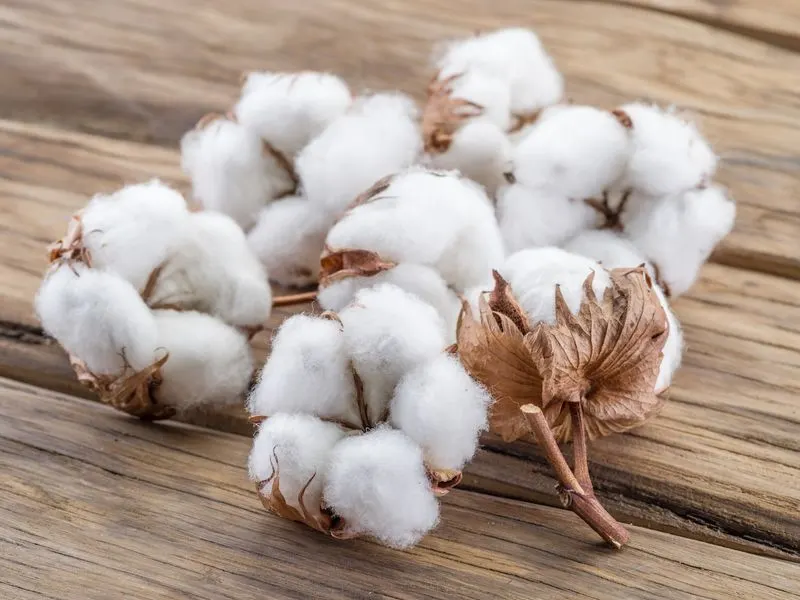
Cotton plants, with their fluffy bolls, demand high soil fertility to thrive. These plants extract large quantities of nutrients, particularly nitrogen and phosphorus, to support their growth and fiber production. The intensive nutrient uptake can lead to soil degradation if not carefully managed. Despite this, cotton remains essential in the textile industry. Historically, cotton cultivation has shaped economies and landscapes, particularly in the southern United States. Managing cotton’s nutrient needs is crucial for sustainable farming practices and long-term soil health. A staple with significant agricultural impact!
Carrot

Carrots charm with their vibrant color and sweet crunch, yet they are voracious feeders below ground. These root vegetables draw heavily on soil nutrients, primarily potassium, to develop their signature taproot. This nutrient extraction often necessitates soil amendments or crop rotation to maintain soil health. Carrots are beloved for their versatility in the kitchen and are a rich source of beta-carotene, promoting good vision. Their dual nature as nutrient-drainers and nutritional powerhouses makes them both challenging and rewarding to cultivate. Did you know? Carrots were originally purple!
Potato

Potatoes, with their earthy appeal and versatile use in cooking, are also demanding on soil nutrients. Known for extracting significant amounts of potassium and nitrogen, potatoes can leave soil depleted if not managed well. This necessitates careful crop rotation and soil fertilization post-harvest. Despite their demands, potatoes remain a staple food worldwide, valued for their energy-rich carbohydrates. Interestingly, the potato’s journey to Europe from South America transformed agricultural practices and diets. A humble yet complex plant with both culinary and historical significance!
Eggplant
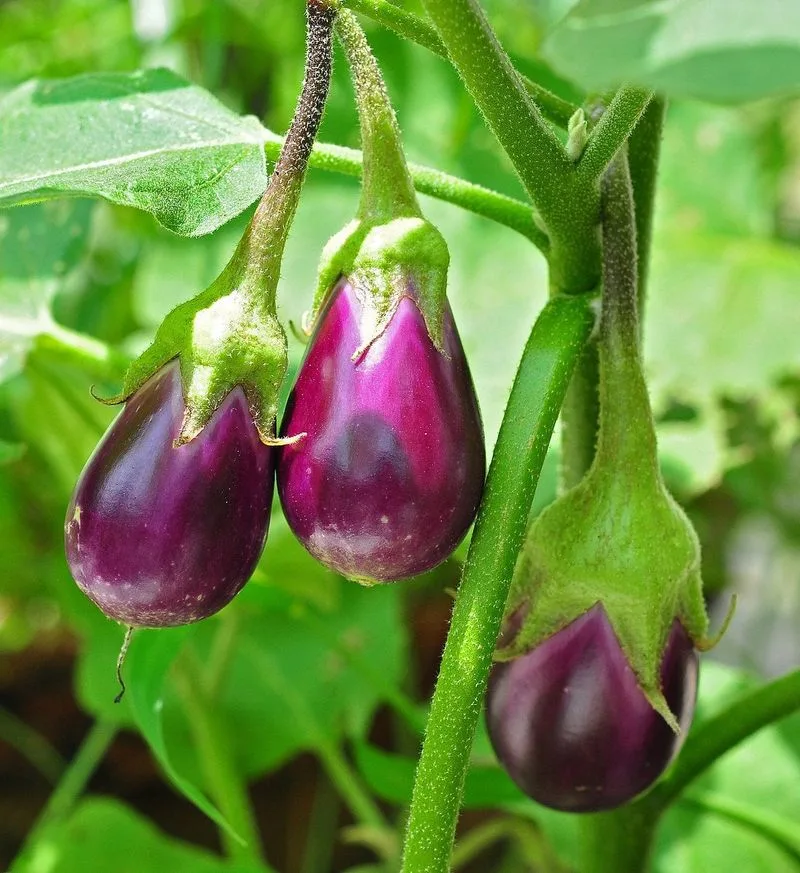
Eggplants, with their glossy purple allure, are more than just a pretty garden plant. They require a high intake of soil nutrients, particularly nitrogen and phosphorus, to produce their distinctive fruits. This heavy nutrient demand can significantly deplete soil quality, leading to the need for soil amendments. Despite this, eggplants are favored for their unique texture and flavor. Historically, eggplants have been cultivated for centuries and have a rich culinary heritage in Mediterranean and Asian cuisines. A striking plant that demands attention both in the garden and kitchen!
Peanut

Peanuts, often mistaken for nuts, are actually legumes with a high nutrient demand. These plants require ample amounts of nutrients like nitrogen and calcium to thrive. The intensive nutrient uptake can lead to soil depletion, making crop rotation a vital practice. Surprisingly, peanuts also play a role in soil enrichment through nitrogen fixation, benefiting subsequent crops. Known for their protein-rich seeds, peanuts are a dietary staple in many regions. Their dual nature as both nutrient users and soil enhancers presents a fascinating dynamic in agriculture. Nutritious and intriguing!
Soybean
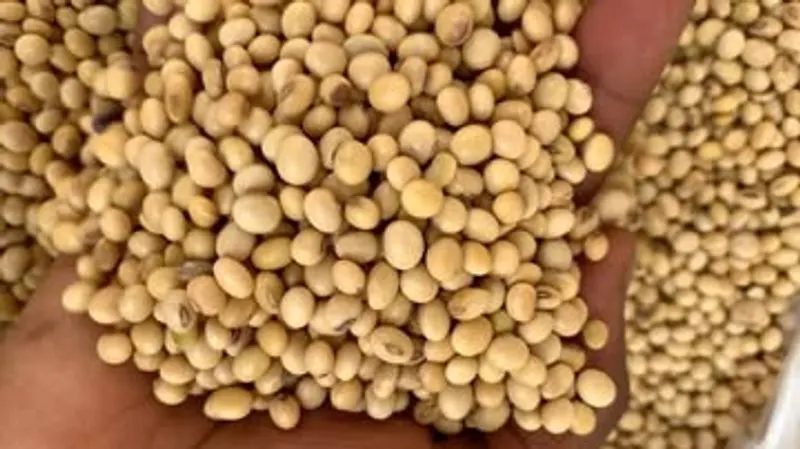
Soybeans, prized for their protein content, are demanding on soil resources. These plants extract significant amounts of nutrients, particularly nitrogen and phosphorus, to support their growth and seed production. This nutrient extraction can leave soils depleted, necessitating careful management and soil amendments. Despite their demands, soybeans contribute to soil health through nitrogen fixation, benefiting subsequent crops. A staple in agriculture, soybeans are used in a myriad of products from food to industrial materials. Their dual role as nutrient drainers and soil enhancers highlights the complexity of sustainable farming.
Spinach

Spinach, though packed with nutrients for humans, extracts a lot from the soil. It’s known for its rapid uptake of essential nutrients like nitrogen and potassium, needed for its leafy growth. This demand often leads gardeners to replenish soil nutrients frequently. Despite its nutrient hunger, spinach remains a beloved leafy green, celebrated for its iron and vitamin content. Its historical journey from Persia to worldwide fame showcases its enduring popularity. A nutrient-dense plant with a rich legacy in both culinary and agricultural realms!
Tobacco

Tobacco plants, with their broad leaves, are notorious for their nutrient demands. These plants extract massive amounts of nitrogen and potassium, leading to significant soil depletion. Historically, tobacco cultivation has had a profound impact on soil health and agricultural practices. Despite its demanding nature, tobacco remains a significant cash crop in many regions, influencing economies and cultures alike. Managing its nutrient requirements is crucial for sustainable production. Interestingly, tobacco has been used in traditional medicines and cultural rituals, showcasing its complex role beyond agriculture.
Coffee

Coffee, a beloved morning staple, originates from nutrient-demanding plants. These plants require rich soil conditions, extracting significant amounts of nitrogen and potassium to produce their aromatic beans. This nutrient extraction necessitates careful soil management and fertilization. Despite its demands, coffee cultivation supports economies, particularly in tropical regions. The journey from bean to brew is a testament to its global cultural impact. Fun fact: Coffee was discovered in Ethiopia, and its energizing effects have made it a worldwide favorite. A drink with both cultural and agricultural significance!
Sugarcane
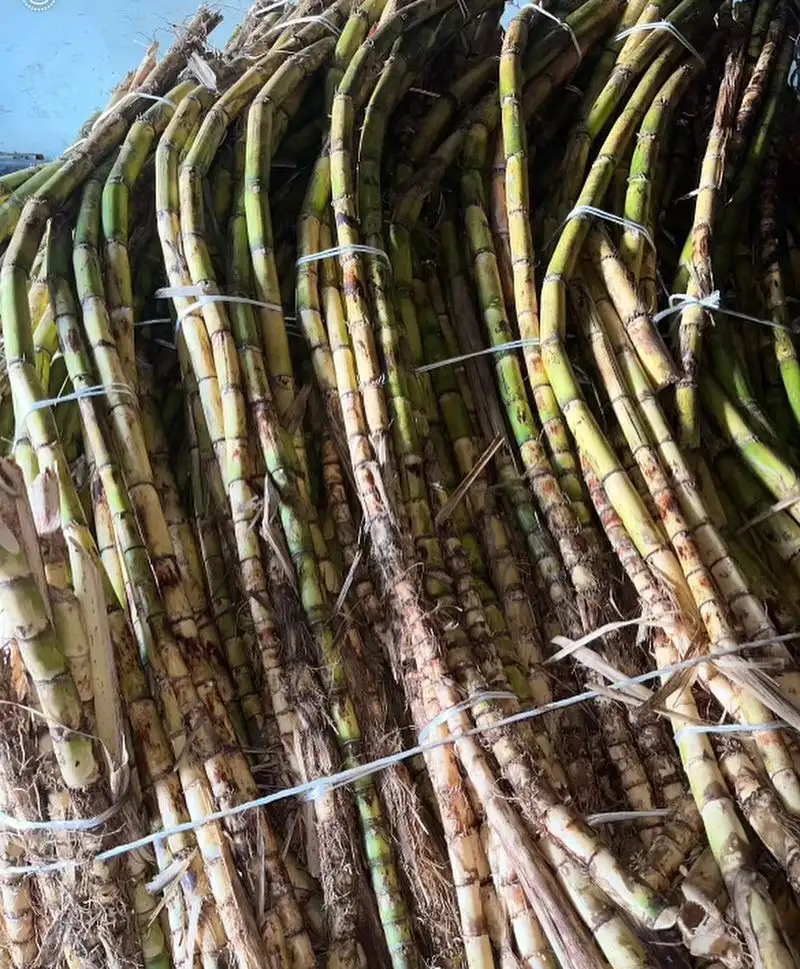
Sugarcane, with its towering stalks, demands high soil fertility to produce its sweet crop. It extracts large quantities of nutrients, especially nitrogen and phosphorus, leading to potential soil depletion. Despite its demands, sugarcane remains a vital crop for sugar production and biofuel. Historically, sugarcane cultivation has shaped economies and societies, particularly in tropical regions. Managing its nutrient needs is essential for sustainable cultivation. Did you know? Sugarcane has been cultivated for over 2,000 years, originating in New Guinea and spreading across the world. A crop with profound historical impact!
Alfalfa

Did you know? Alfalfa, often seen as a beneficial crop, can actually drain soil nutrients swiftly. This legume requires a rich mix of nutrients to thrive, leading to rapid depletion of essential elements like nitrogen and potassium. Alfalfa’s deep root systems, while excellent for breaking up compacted soil, also extract nutrients from deeper layers.
For farmers, this means frequent soil amendments are necessary to maintain balance.
Curiously, despite its demanding nature, alfalfa is valued for its high protein yield and is often used in livestock feed. Balancing its benefits with its nutrient demands is key.

